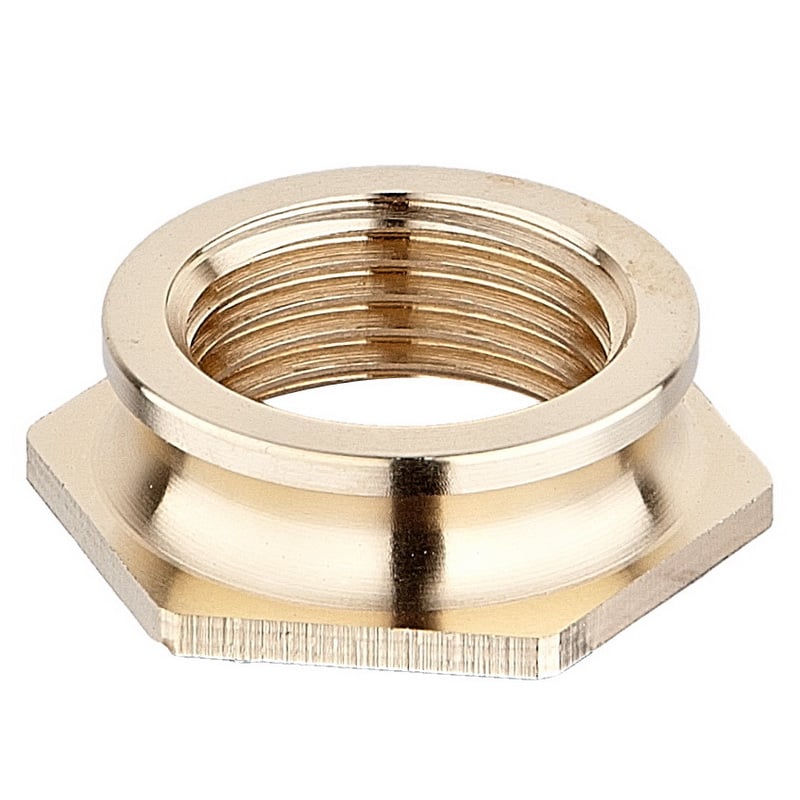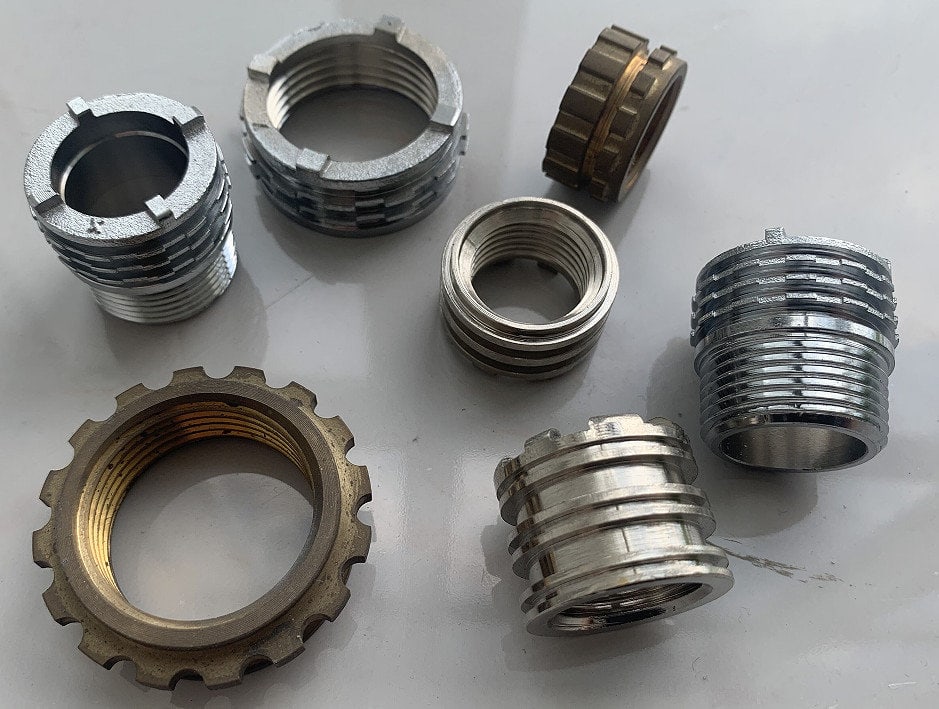Hard fasteners can easily damage any object if the material is soft. Also, it is important to set a decent joint for better performance. And you can maintain both these things only using brass threaded inserts. Today, in this article, we’ll cover everything essential about brass inserts. So, without wasting any time, let’s dig in.
What Is A Brass Threaded Insert?
The brass threaded insert is a mechanical threaded nut… that creates a secure join between objects without damaging them. It is also used to repair or reestablish the ridges of a stripped threaded hole… to make it capable of holding a fastener again. It is primarily suitable for softer materials such as plastic and wood.
From DirtFarmerJay
Different Types and Sizes
The brass threaded insert has an effective form of variety. However, sometimes, it depends on the material and the installation process. By design, you can divide it into 4 types: flange-head, symmetrical, diamond knurl, and non-knurl symmetrical. And aiming the installation process… thermal/heat staking, molded-in, and manual press-in types are available.
Brass insert size ranges from 1/8″ to 2″ in diameter to 1/8″ to 4″ in length. The ISO standards thread size ranges from M2 to M20 (depending on the type). However, you can adjust the size according to your requirements.
Structure of a Brass Threaded Insert
The shape of a Brass threaded insert is usually like a barrel or long-rounded. Mostly, it comes in a female manner, but the male structure is also available for some particular needs.
It has two ends. One end with spread metal is the head or inlet section. This part always stays above and has a round or hexagonal shape. In addition, you will see different design patterns on the outside body. Some have diamond-shaped teethes, some have line patterns, and some come with normal threads or combinations. It depends on the manufacturer and the purpose of that insert.

However, the inside of the inserts is mostly the same. You will always find the standard threads there for joining the fasteners.
Why And Where To Use It
Equipment made of soft materials such as wood, plastic, plywood, clipboard, and aluminum are likely to have a great chance of getting cracks or damage while fastening with other objects. The hard materials can easily withstand the insertion of a bolt or screw. But if the material is soft, there is a big reason to install a threaded fastener without damaging the material.
Moreover, the built-in threads of the softer materials cannot do their job correctly after rough use. This is because, after a while, the ridges of the thread get damaged.
For these particular situations, brass threaded inserts are the best choice. Using it will let you efficiently make the joints in the soft material objects with no cracks. Also you can apply these to hard materials, too. In addition, brass inserts are very durable to reuse from one joint to another.
Now, if you come to use them, you can use them anywhere, from hand-held devices to industrial applications. For example, smartphones, house equipment, thermoplastics, defense, transportation… medical, cabinetry, automotive, factory machines, etc.
How To Install A Brass Insert
Two general processes are available to install brass inserts, which are thermal and manual press-in. The manual pressing method is suitable for the wood, and the thermal is for the plastics. Here are some short descriptions of how to implement both processes:
Manual press-in
To execute this process, you will need the object (wood, plywood, etc.), the brass insert, a drill machine… a screw nut (same diameter as the insert hole) and a spanner, or a drive tool (depending on the situation).
Firstly, mark where you want to install the insert. On the wood surface, make a hole with the drill machine, maintaining the same diameter as the insert. Now, inject the nut into the insert hole from the inlet. After that, screw up the nut completely inside it so that the hex head of the nut will meet the insert head.
Next, fill in the wood hole with the nut. That will make the insert touch the wood surface. Push it to go inside the hole, but don’t do it forcefully. Further, screw up the nut with the spanner to dive the rest of the brass insert. Finally, you can undo the nut spins and pull it back when it’s filled the wood hole. Therefore, the brass threaded insert is successfully installed.
However, this process is only for the two-sided crossed holes. But if you want to install it in a one-sided hole… you need to attach the insert to the drive tool and press it inside the hole.
Thermal Method
You will require a soldering iron (approx 40 watts) to install the brass insert in plastics.
Most of the time, the installation hole is already in the plastic cases. All you need to do is place the insert correctly in the hole. Then plug in the soldering iron and hold and press the insert gently with it from above. The brass insert will absorb heat from the iron and melt the plastic. After some time, the plastic will make way for the insert and let it in. Remove and unplug the soldering iron after the insert moves inside.

Buying Guide
Choosing the right Brass threaded insert for your application is very important. Here is how you can do it:
Other materials, such as stainless steel, copper, and plastics, are available. But Brass is better than other materials.
The original finish is always the best, but you can get different finishes, like chrome, nickel, etc., from your supplier.
We have already discussed the size ranges. The internal thread design is available in BSP, BSPT, NPT, and ISO standards. So, choose the proper combination according to your application needs.
In conclusion, remember that not all types of Brass threaded inserts match all materials. For example, press-in types are only for wood, clipboard, and such materials. The thermal types are only suitable for plastics. So, be careful.
You can contact us with your questions regarding the Brass threaded inserts. We will solve your problems and give you the best-fit inserts. Looking forward to hearing from you…
